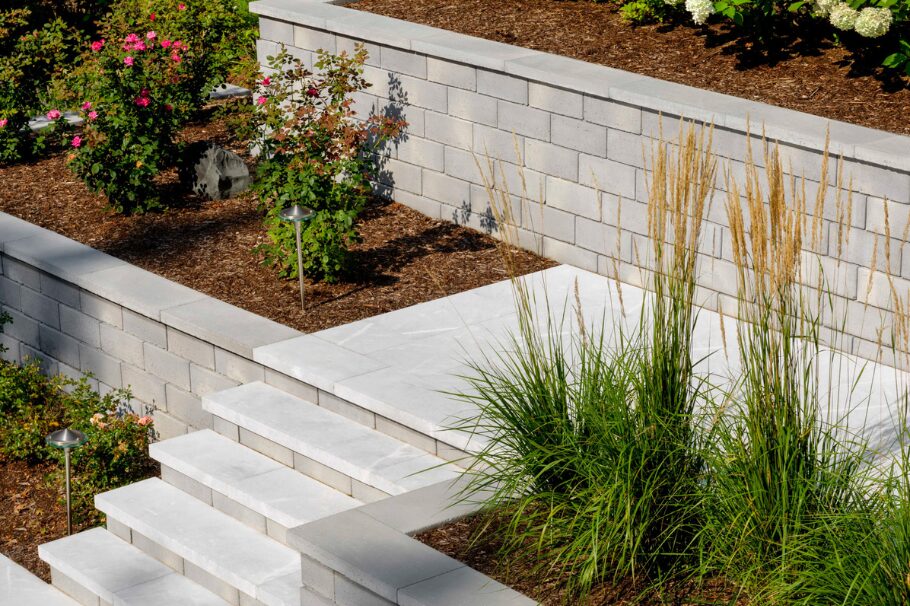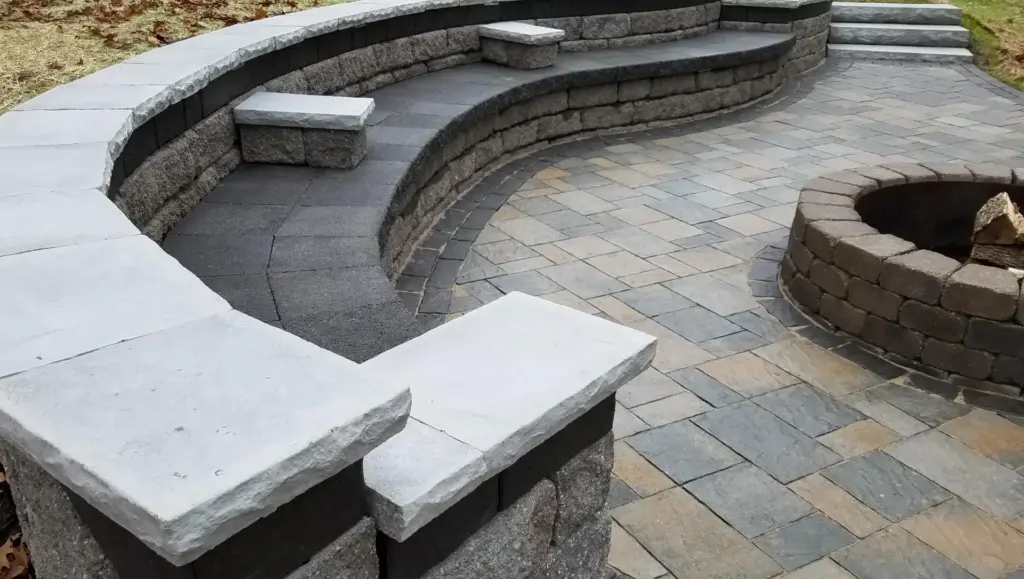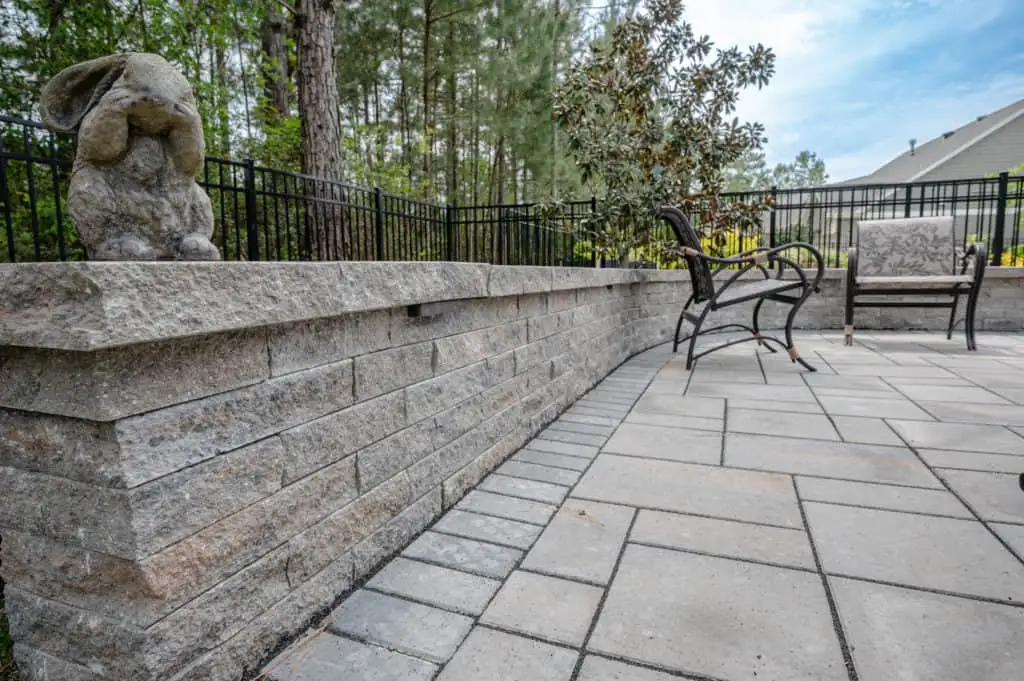When it comes to enhancing your outdoor living space, retaining walls are one of the most versatile elements you can use. Not only do they help manage slopes and prevent erosion, but retaining walls can also serve as built-in seating solutions, adding both function and beauty to your landscape design.
In this blog post, we’ll explore how to use retaining walls for seating and structure, along with smart design tips, material suggestions, and functional benefits.


Why Use Retaining Walls in Your Landscape Design?
Retaining walls are structural features built to hold back soil and shape outdoor spaces. Traditionally used to manage sloped terrains, today’s retaining wall designs go far beyond utility. With the right planning, you can turn these structures into multifunctional seating areas, creating a seamless and stylish environment.
Key Benefits of Retaining Walls:
Prevent soil erosion and manage slopes
Add dimension and visual interest
Provide natural boundaries and zones
Offer built-in seating for patios or fire pits
Increase usable yard space
Combining Seating and Structure in One Design
One of the smartest ways to maximize your outdoor space is by incorporating built-in seating into your retaining walls. This approach eliminates the need for bulky outdoor furniture and creates a cohesive, streamlined look.
Here’s how to do it effectively:
1. Choose the Right Height
For comfort, seat walls should generally be 18 to 22 inches high. When designing a retaining wall with seating in mind, make sure the height is suitable for people to sit on without discomfort.
2. Use Flat, Smooth Capstones
The top of your retaining wall — also called the capstone — should be wide and smooth enough to function as a seat. Choose materials that are not only durable but also comfortable to sit on, such as concrete pavers, natural stone, or brick.
3. Create Curved or Linear Seating Areas
Depending on your landscape, retaining walls can be shaped to follow the contours of your yard. Curved walls work beautifully around fire pits or patios, while linear seating walls are perfect for walkways or garden borders.
Best Materials for Seating Retaining Walls
Choosing the right material is key to building a retaining wall that’s both structural and comfortable to sit on. Here are popular choices:
Concrete Blocks: Affordable and versatile, they come in various colors and textures.
Natural Stone: Offers a timeless, organic look and is ideal for blending with natural surroundings.
Brick: A classic option that works well in traditional or colonial-style homes.
Timber: Good for rustic or woodland-themed landscapes, though it may require more maintenance.
Whichever material you choose, ensure it complements your home’s exterior and other hardscape features.
Functional Uses of Retaining Wall Seating
Here are several smart ways to use retaining walls for seating and structure:
✅ Fire Pit Seating
Create a cozy circle around your fire pit with a low retaining wall that doubles as seating.
✅ Patio Perimeter Walls
Define your patio’s edges with retaining walls that also function as benches, eliminating the need for extra chairs.
✅ Garden or Planter Borders
Combine garden beds with seating walls to make maintenance easier while enjoying the beauty of your plants.
✅ Terraced Hillsides
If your property is sloped, use terraced retaining walls for both structural support and a layered seating effect.
Design Tips for Maximum Appeal
To get the most out of your retaining wall seating design, consider these expert tips:
Add Lighting: Install LED strip lighting or solar lights under the capstones for ambiance and safety.
Integrate Storage: In larger walls, consider adding hidden storage compartments for cushions or garden tools.
Use Mixed Materials: Combine wood with stone or brick for a more modern and dynamic look.
Coordinate Colors: Choose materials and finishes that harmonize with your home’s exterior palette.
Maintenance Tips
While retaining walls are generally low-maintenance, here are a few care tips:
Inspect for cracks or shifting annually
Remove weeds and debris regularly
Reseal capstones every few years to preserve color and durability
Final Thoughts
Using retaining walls for seating and structure is a practical and stylish way to enhance your landscape. Whether you’re dealing with a sloped backyard or simply want more seating without crowding your patio, this dual-purpose solution offers long-term benefits and a clean, finished look.
With thoughtful design, the right materials, and proper planning, your retaining walls can serve as the backbone of your outdoor living space — while offering guests a comfortable place to relax and enjoy.


